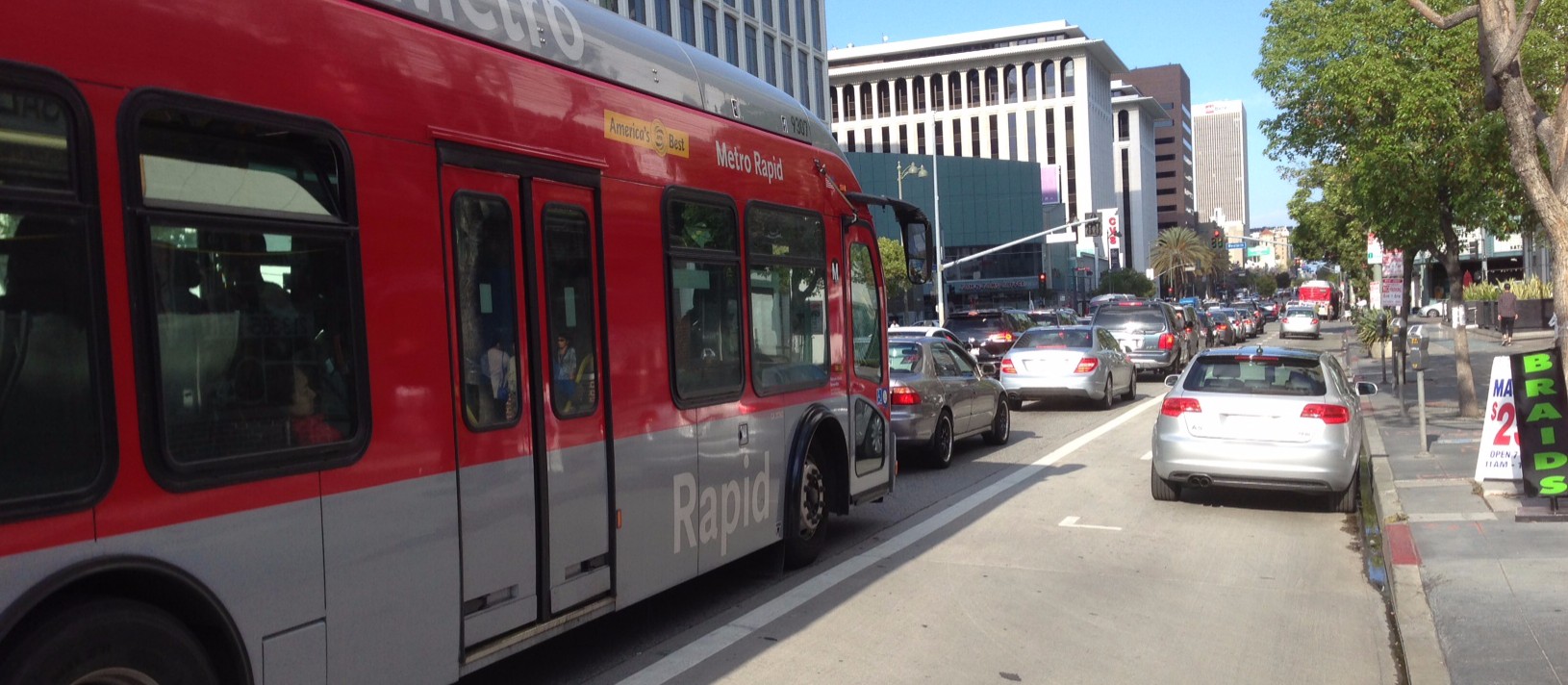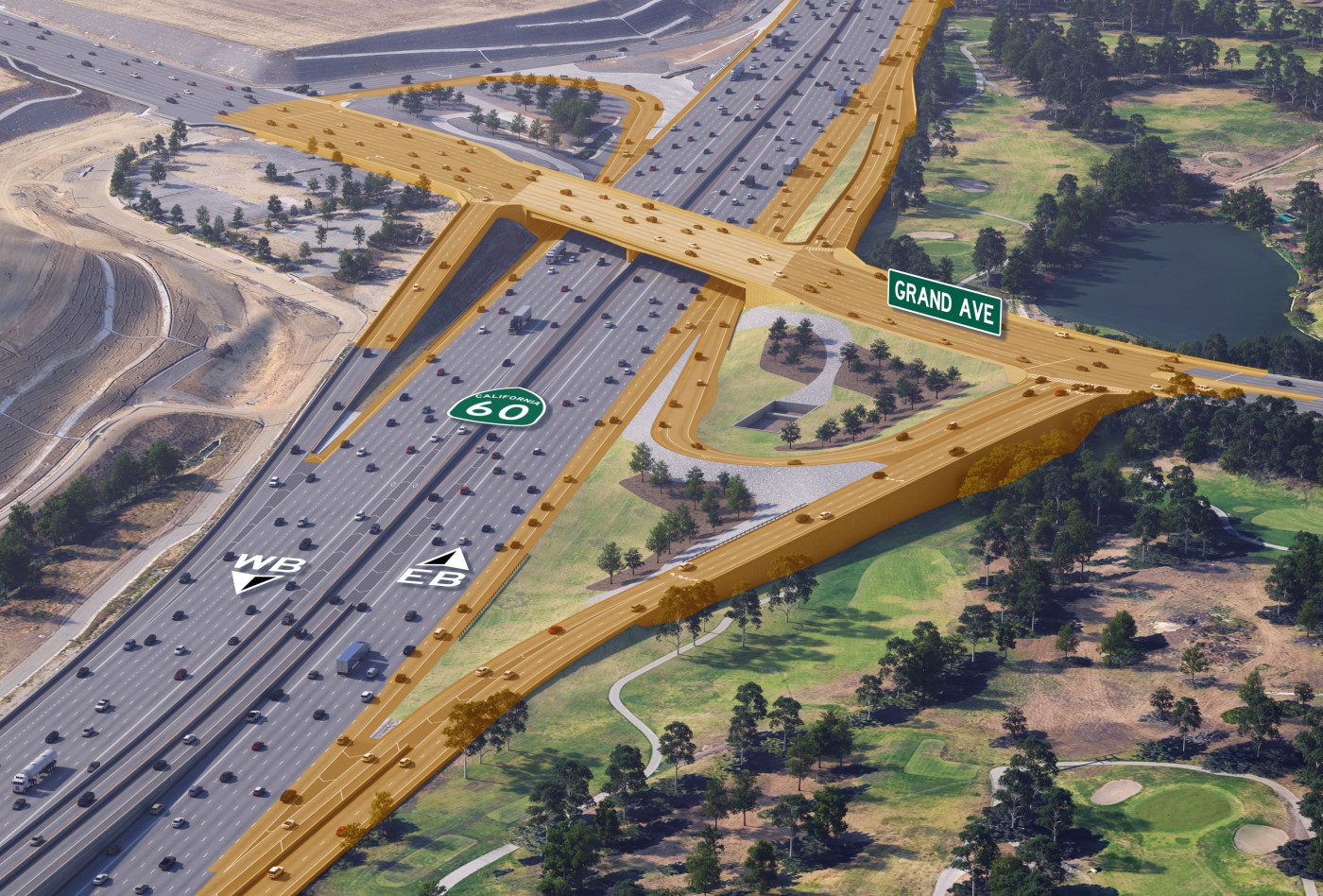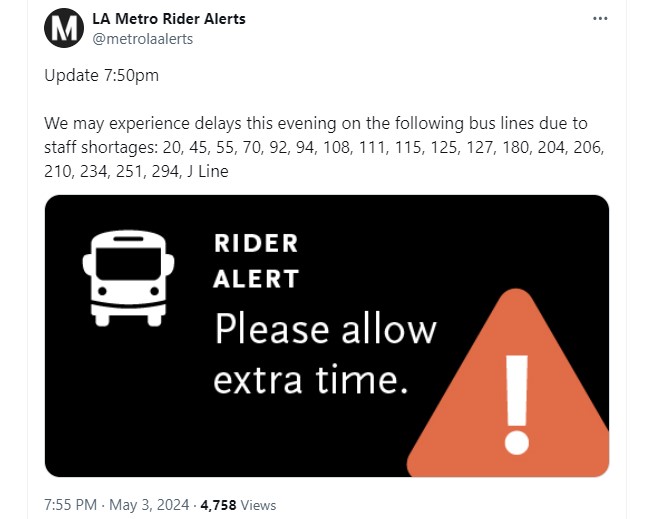At last week's Metro Customer Experience Committee meeting, CEO Phil Washington delivered a presentation on what Metro is doing to make things better for its bus riders. Washington stressed that bus service is Metro's "core business," with about three-quarters of Metro transit riders on the bus. Washington states that his "top initiative" is improving bus travel speeds.
Washington told an anecdote that he had recently ridden Metro's Dodgers Express bus in the Sunset Boulevard dedicated bus lane. He said that there was a problem with "cars all over the place in that lane" and he called for increased enforcement. Washington concluded the point by stating that "we're working with law enforcement to help us with that."
Sometimes calls for enforcement can be problematic. There are critiques that say Vision Zero enforcement increases racial profiling. Also, to the extent that enforcement works, it can only cover as much as available staffing can handle, so it competes with other police priorities.
In the case of L.A.'s bus-only lanes, though, I tend to think some enforcement seems warranted. Too often, a selfish scofflaw driver - one person in one car - blocks a bus holding dozens of riders.
This has been a problem since at least 2013, when Metro and the city of L.A. opened the initial segment of the Wilshire Boulevard bus-only lanes. It is easy to spot drivers abusing those lanes. Enforcement there appears to be minimal, verging on non-existent.
So last week I was happy to hear Phil Washington say that Metro is improving enforcement for bus-only lanes. Kudos to Washington for this, and for him actually riding Metro's buses.
But this was soon thereafter tempered by a tweet from cyclist Michael MacDonald, one of the leaders of Bike the Vote L.A.
MacDonald was riding in the Sunset Boulevard bus-only lane, where street signage explicitly states "bikes OK." An LAPD officer shooed MacDonald out of the lane.
Westbound Sunset Boulevard is fairly difficult for buses and bikes to share on game days. Car traffic is congested as many try to get to stadium, which first and foremost accommodates car drivers. In addition, multiple bus lines converge onto Sunset, which serves as a trunk line. Bicyclists necessarily move slower on the uphill. When we notice a bus behind us, we have to search for places to "turn out" to allow the faster-moving vehicle to pass.
MacDonald reports that, in a brief period, he saw "about twelve people on bikes using the [bus-only] lane, and maybe thirty drivers of private vehicles using it. Maybe a third of those were Uber drivers." He observed the LAPD officer "catching three scofflaw drivers. None received any citation, he just honked at them until they reached the end of the lane at Vin Scully Ave and they were able to merge into the regular vehicle line after cutting the line."
So it seems like we need more enforcement, but with clearer directions for police officers who conduct it.
What's the solution? Can we get wider uphill bus-only lanes so they better accommodate the speed differential between bikes and buses? Or do we need to separate these modes? Politically, getting either bus-only or bike-only space is a heavy lift; it's even heavier to set aside space for both. Cars have consumed so much of our public space that it feels like people on buses and bikes compete for limited leftover crumbs.
Readers, what do you think? How can buses and bikes best share limited space? What kind of design/infrastructure is needed to give buses a clear priority? How can Southern California make bus-only lanes work for transit riders and others? Are there successful practices or designs from other cities?





